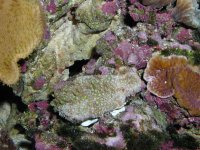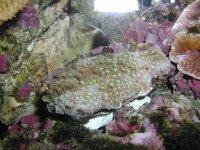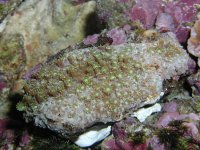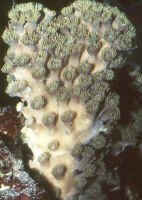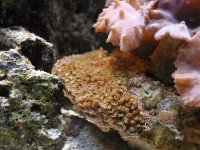OctaviousMonk
Sucka Free Reefin' !!!
- Location
- Westwood, NJ
I got this as a hitchhiker on another colony rock. It extends best with med indirect flow and indirect lighting. I have had it for a while but no real growth because of trying to find a happy spot for it. when fully retracted it lays completely flat and is hard to the touch.




